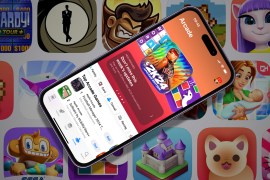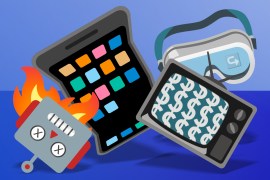Tech support: 5 assistive gadgets that make a difference
Tech that's trying to empower and improve lives
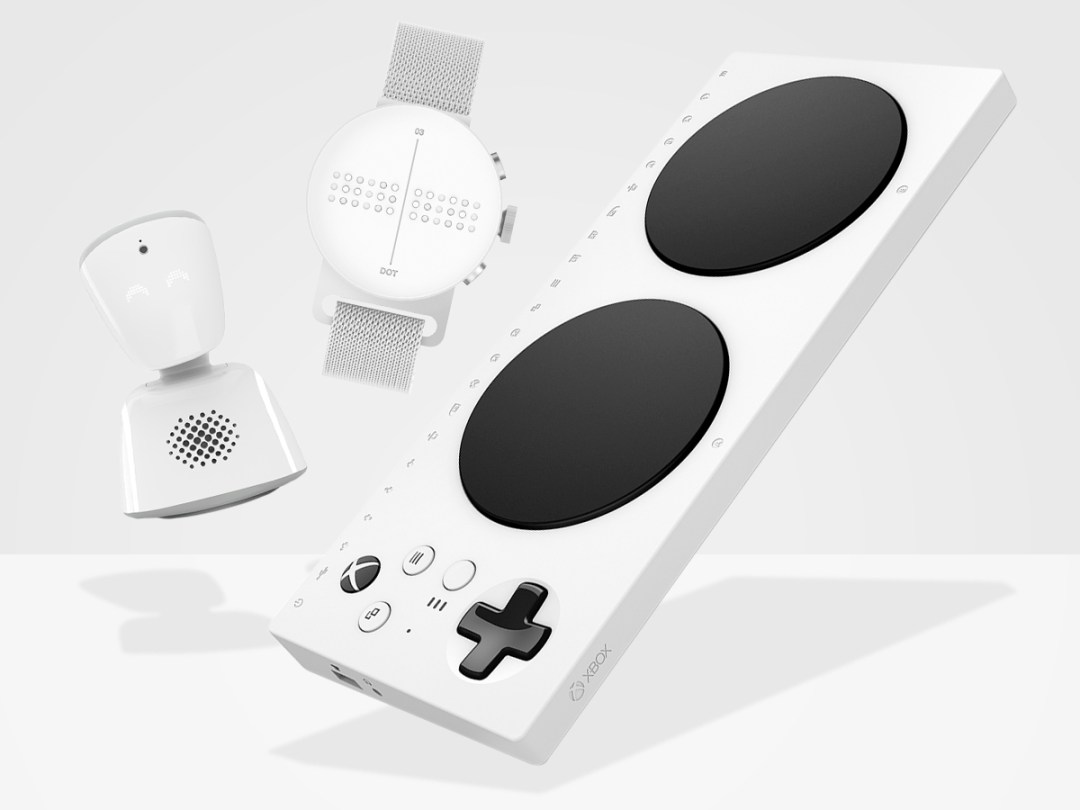
We’ve seen a flurry of mad and exciting tech here at Stuff.
For example, Amazon has managed to funnel Alexa into a Microwave, there’s now a connected Ember ceramic mug that’ll keep your hot cocoa at exactly 51°C, and then there’s this Oddball which is a drum machine and a ball in one we’re-not-quite-sure-what-it’s-good-for package.
Tech isn’t all about entertainment and novelty, though. Many gadgets and gizmos can make our lives more convenient and, in theory, better.
But there are also some gadgets that can make all the difference to those who need it.
No. We’re not talking about upgrading to a 4K telly, although you really should – especially in time for the new season of Stranger Things.
This time we mean a real difference. From making gaming more accessible, to helping children with illnesses not miss out on school lessons, there’s a lot going on in tech today we should be celebrating.
So join us as we look at some tech inventions that are truly trying to make a difference in someone’s life.
1) Xbox Adaptive Controller (£75)
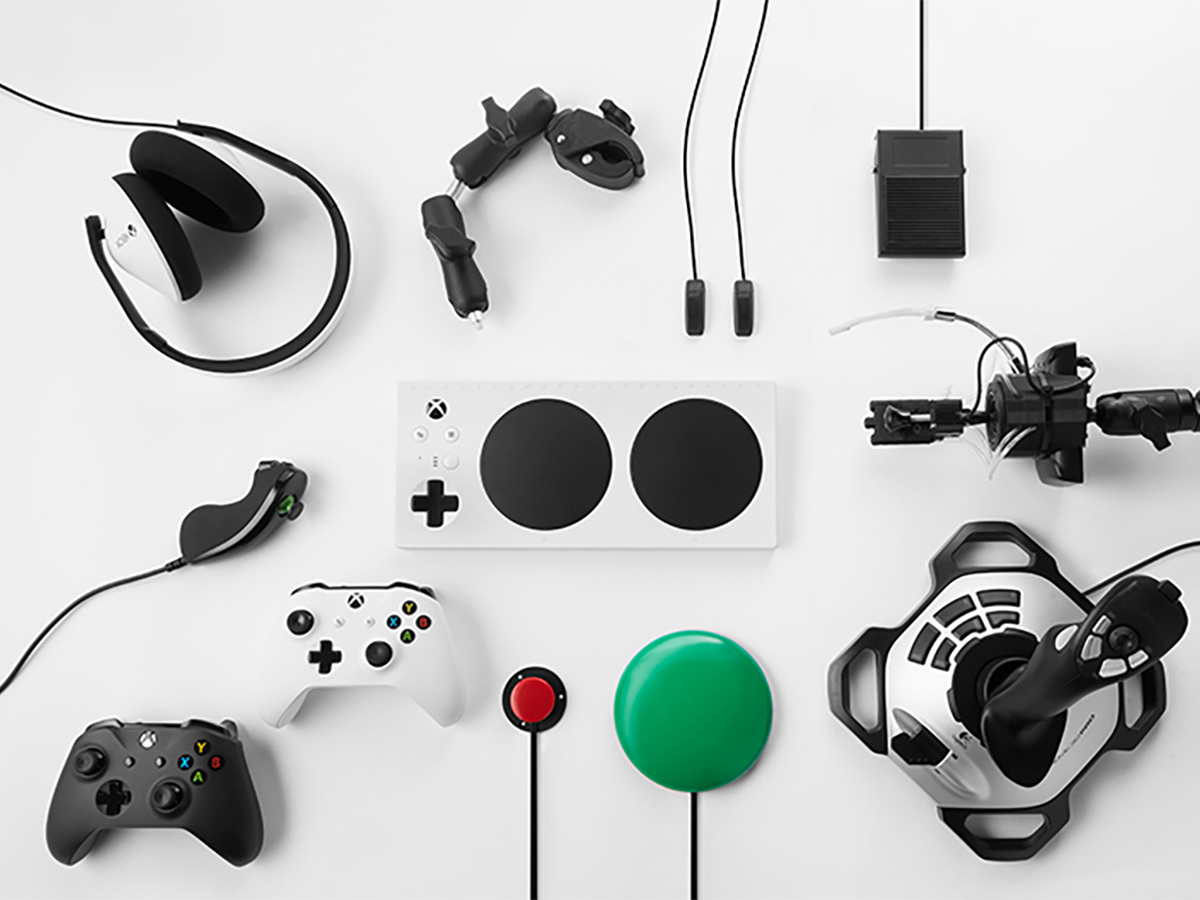
Microsoft’s Xbox Adaptive Controller really changed the game for inclusivity within the industry.
By consulting those who live with disabilities and working extensively with charities AbleGamers, Special Effect, Warfighter Engaged and The Cerebral Palsy Foundation, Microsoft worked to create a new controller that helps remove the barriers those living with disabilities often face when it comes to the world of gaming.
Taking into account that no disability is the same, the Adaptive Controller’s innovative design can be used in a diverse range of setups to cater to varying forms of disability.
The packaging is even designed to be more accessible than standard boxes, so it’s easier to open the box and extract the controller.
Aside from being an innovative piece of hardware, it has also paved the way for more open discussion about inclusivity and representation in gaming.
Gaming should be for everyone, and it’s great to see a big company like Microsoft take initative and push for inclusive approaches to game hardware design.
2) No Isolation AV1 (£220 /month)
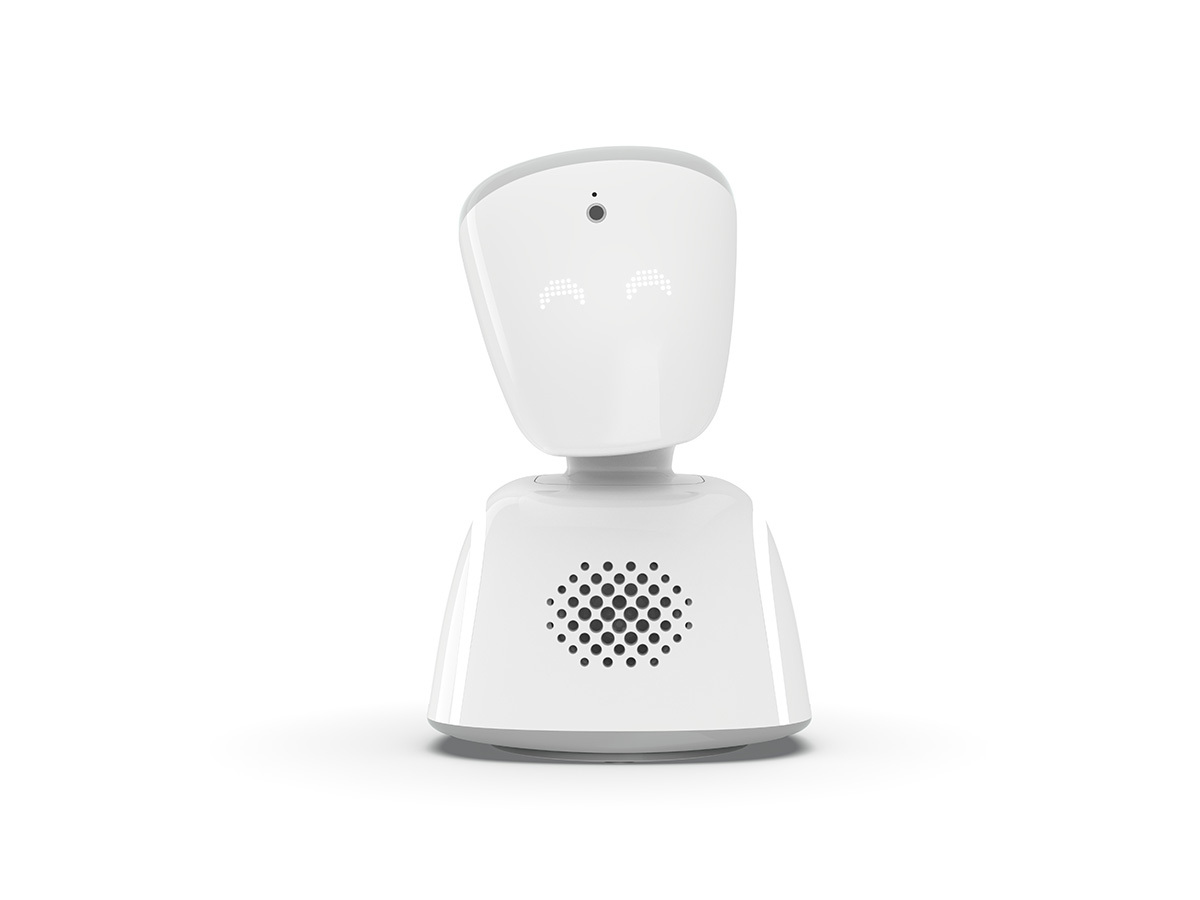
No Isolation’s AV1 robot is specially designed to help children and young adults with long-term illness take part in lessons at school when they can’t attend them.
The AV1 sits in a classroom in the young person’s stead and acts as their eyes and ears with a built-in microphone and camera, so the child can see and hear what’s going on in the classroom. The child can also speak through the bot, so they can talk to friends and take part in class activities while they’re away.
The app can be controlled by the child, so if they’re not feeling up to class, they can signal that they’d rather be passive and a blue light will flash on the robot’s head.
It’s a wonderful way of helping children with long-term illness stay in touch with their friends, take part in lessons they can’t physcially attend, and more importantly help them feel less isolated and alone.
With its lightweight design and built-in 4G, the AV1 can be used anywhere, and is controlled via a dedicated app that’s created to control the robot easily. What’s more, if you only need it for a short period of time, you can rent it at a month at a time.
3) StorySign app by Huawei
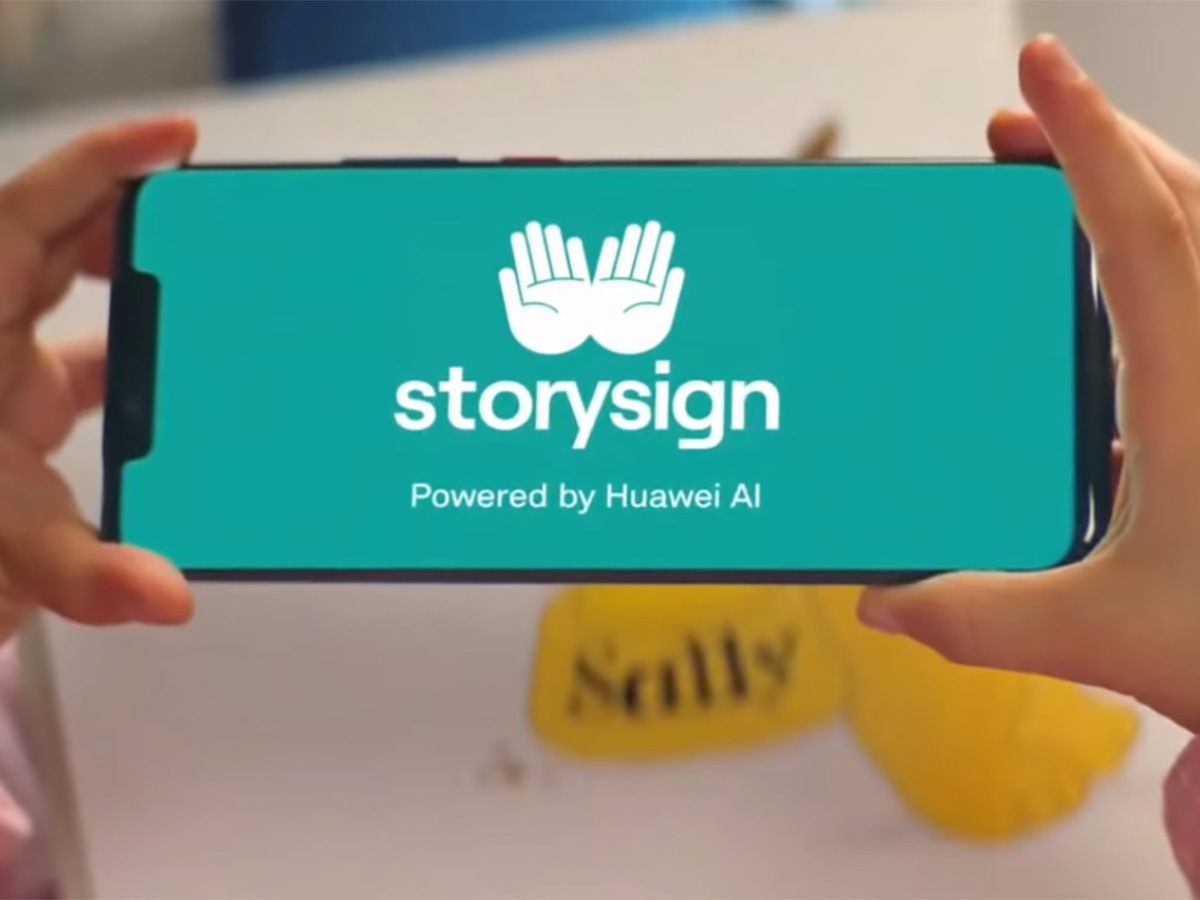
Huawei may be taking the world by storm with its flagship smartphones, but this new app using Huawei’s AI technology does something totally different from the usual, albeit astounding bokeh effect selfies.
StorySign is an app designed to help deaf children learn to read books.
According to Huawei, many struggle to learn to read due to "a lack of resources bridging sign language and reading".
Holding up the Andorid smartphone’s camera to the words on the page, the app is able to read the words of selected books and then translates them into sign language through StorySign’s avatar who goes by the name of Star.
It’s great to see Huawei use AI tech in this space. It allows parents and children to learn sign and read together, at their own pace.
4) Dot Watch ($359)
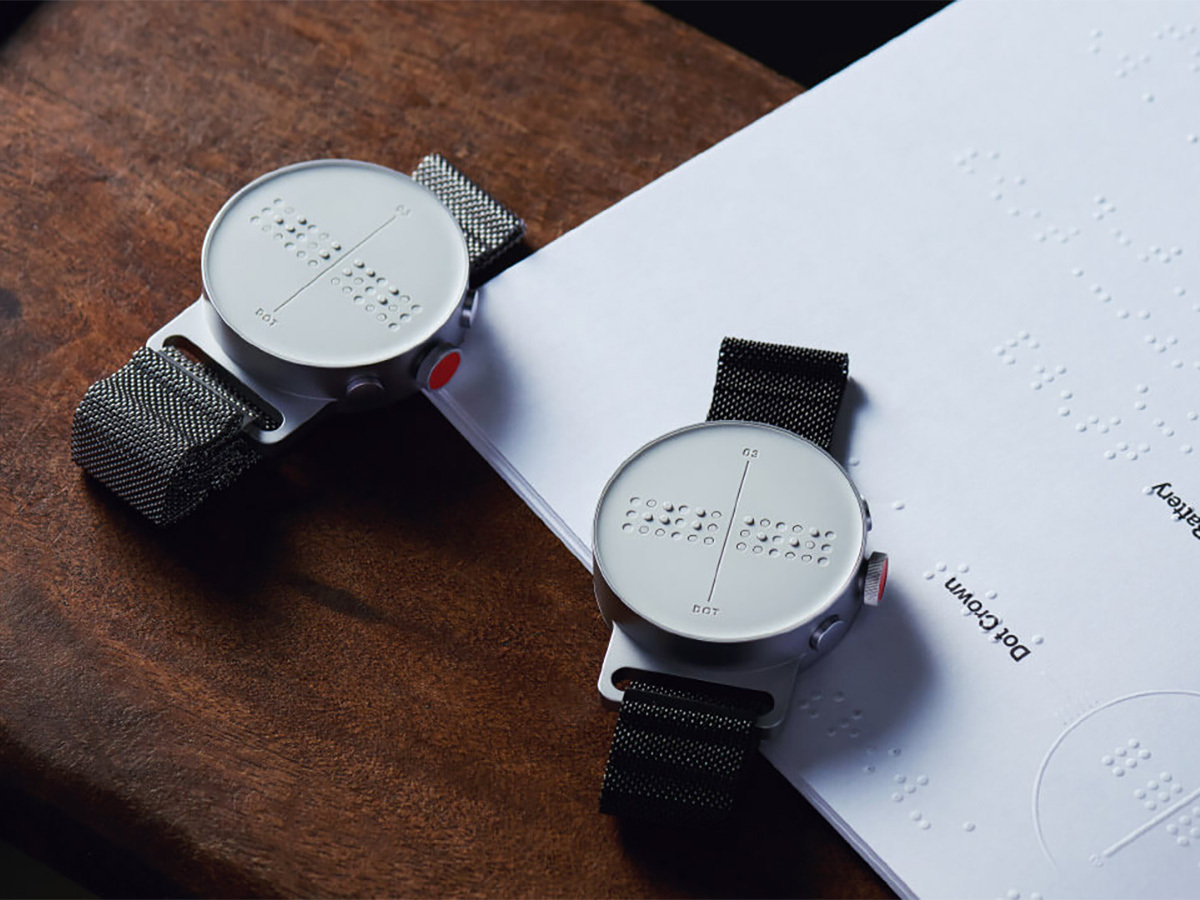
Created in Korea, the Dot Watch is an innovative smart watch created for the blind and visually impaired.
It’s the first smart watch to use braille on its watch face, with 24 motorised dots that shift up and down. The watch can display four braille characters at a time using magnets and electrical signals.
Like many smart watches, it can be linked to a smartphone via Bluetooth and will translate texts and app notifications into braille for the wearer.
Without a smartphone, the watch can also be used as any standard watch can, in what they call ‘stand-alone mode’, which will tell you the time down to the second along with the date.
You can use it as a timer and stopwatch, and check the battery status of the watch without a phone, too.
It can also act a teacher and help people learn to read braille in a more accessible way with the Dot Watch Braille learning program.
It’s so super stylish that the Stuff office all want to learn braille just so they can get in on this wrist action.
5) Liftware Steady Spoon ($195)
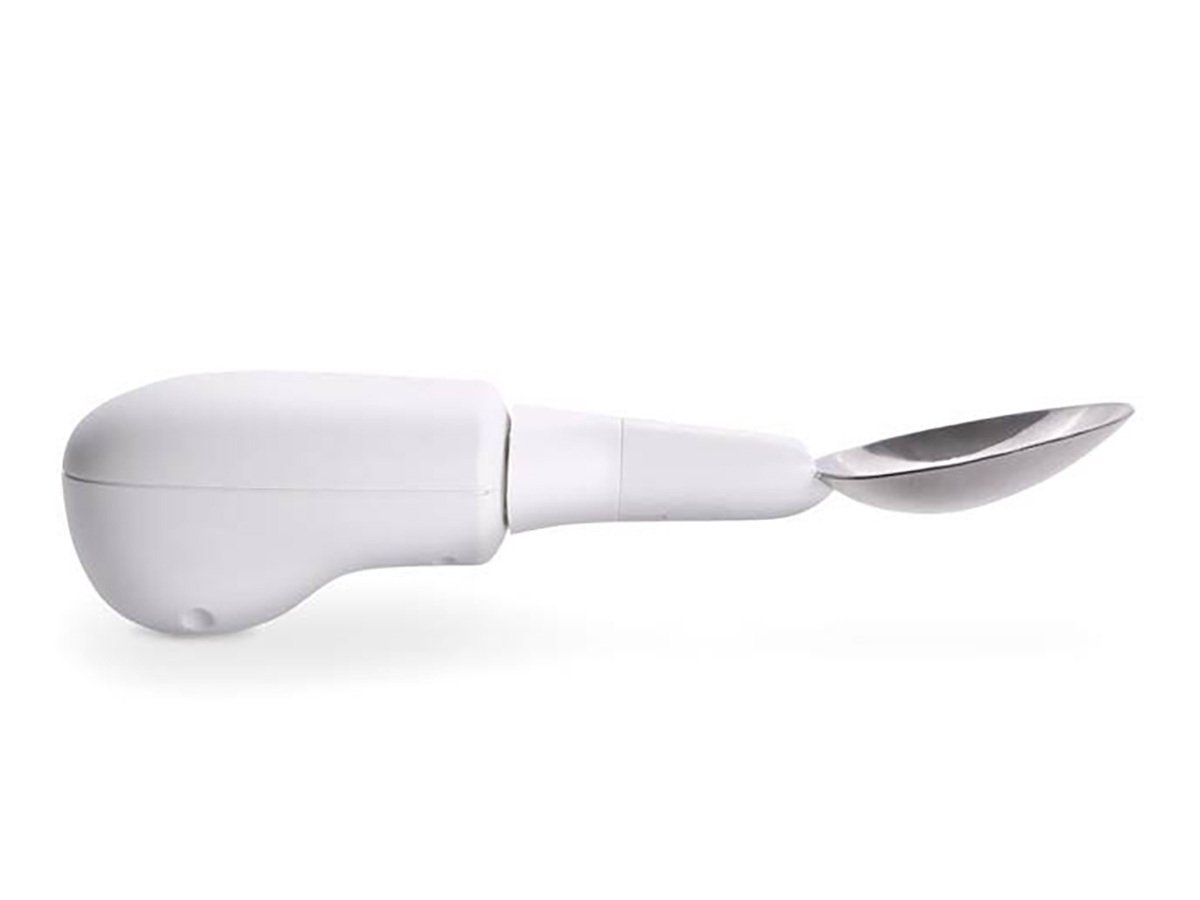
The Liftware Steady may look simple on the surface, but what it brings to the table can really make a difference in someone’s day-to-day.
The Liftware Steady is an electronic stabilising handle that can be fixed onto a fork, spoon or spork to help people who have hand tremors eat more easily.
The handle, which adapts to any kind of tremor, electronically stabilises the utensil so it will shake less as the food is lifted from the bowl or plate to its destination – le gob.

